Mold on Ceiling – Ceiling Mold Removal
Mold at Your Home or Business? We Can Help!

No matter what ceiling mold damage situation you’re dealing with, we have solutions.
Mold on the ceiling weakens the affected materials which in time can cause the ceiling to collapse. This makes it very important to address a mold problem on your ceiling right away.
If you find mold on your ceiling, make sure you take these steps:
- Keep the area clear in case the ceiling collapses
- Identify the cause of the mold growth
- Fix the source of the moisture
- Call a mold remediation professional
Call a Mold Remediation Professional
Mold on the ceiling creates a dangerous situation as the mold may be spreading beyond the ceiling where you can’t see it and the damage it causes could cause the ceiling to fall apart. You need to call a mold remediation professional immediately to remove the mold from your ceiling and repair the damage to restore its structural integrity.
Call RestorationMaster at (888) 915-7197 to quickly get in touch with a mold remediation professional in your area.
Mold on Ceiling – Who to Call?
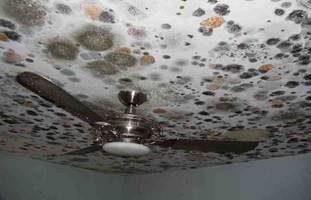
As soon as you find mold on your ceiling, you should call a mold remediation professional to stop its spread and remove the mold.
Ceiling Mold Removal – What to Expect?
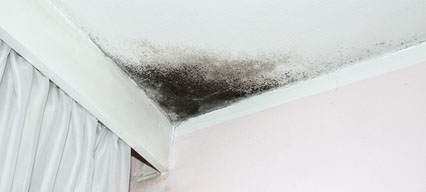
Mold remediation professionals will start by evaluating the extent of the mold growth and then isolate and remove the mold, as well as permanently damaged moldy materials.
Choosing the Right Mold Removal Service for Ceiling Mold – Why RMF?
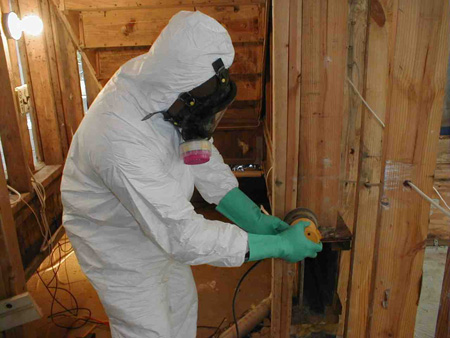
RMF has spent more than 11 years working with the best mold remediation professionals in the industry and we can put you in touch with a professional in your area.
Residential Ceiling Mold Removal
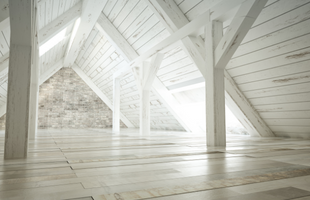
Mold on the ceiling can cause damage on both sides of the ceiling and eventually cause the affected materials to collapse. A mold remediation professional will remove the mold from your ceiling, as well as the damaged materials, and address the moisture issue to prevent future mold growth.
Commercial Ceiling Mold Removal
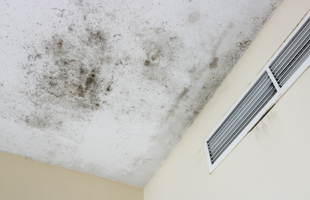
When mold appears within your business or commercial building, it can cause serious property damage and put those within the building at risk of health effects. Mold remediation professionals can effectively remove mold growth from commercial buildings and restore the resulting damage.
Emergency Ceiling Mold Removal Service – Call (888) 915-7197 Now
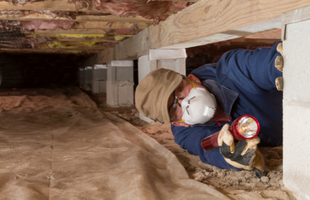
Call RestorationMaster when you discover mold on your ceiling, and we will immediately connect you with a mold remediation professional in your area.
Contact a ceiling mold remediation contractor in your area:
Mold on Ceiling FAQs
Mold on the ceiling may appear if there is a leak, excess moisture, or water damage. Sometimes the mold on the ceiling is visible if it appears on the underside of the ceiling and sometimes it can be hidden if it appears above the ceiling. The reason ceiling mold is dangerous is because the mold eats away at the affected materials, including drywall, wood, and ceiling tiles, which can affect the structural integrity of the ceiling. Enough damage can cause materials like drywall to fall from the ceiling and even lead to collapse in severe cases.
While the appearance of mold on the ceiling is obvious in some cases, it may be less obvious if the mold itself is hidden above the ceiling. The following are the main signs of ceiling mold to look out for:
• Visible green, black, or brown mold growth, such as black spots on the bathroom ceiling
• Ceiling discoloration
• Wet or sagging areas of the ceiling
• Musty odors under specific areas of the ceiling
• Unexplained allergies consistent with common mold allergies
If you are faced with mold on the ceiling anywhere on your property, whether it’s mold on the shower ceiling or the ceiling in your living room, you need to call a mold remediation professional right away. Calling RMF at (888) 915-7197 will help you get in touch with a mold removal specialist in your local area.
The main trigger for mold growth anywhere is moisture, which means that if there is mold on your ceiling, moisture is likely the reason. However, there are several ways that moisture can affect ceilings and cause mold to appear.
The following are the main causes of mold on the ceiling:
• Roof or plumbing leaks and other forms of water damage
• Humidity or dampness
• Bad ventilation
• Condensation in kitchens or bathrooms
• Cooking
Getting in touch with a mold remediation professional immediately after finding ceiling mold will help limit the damage and reduce the risk of related health effects. Call RMF at (888) 915-7197 to find a mold remediation professional near you.
Ceiling mold removal services consist of removing mold growth from affected ceilings as well as permanently damaged materials, including ceiling tiles, drywall, and insulation. You can expect the following steps from the mold removal process:
• Mold remediation: Mold remediation professionals will start by evaluating and isolating the mold growth and work on completely removing the mold growth and damaged materials.
• Mold inspection: Professionals will inspect your property to find all mold growth.
• Mold removal: Specialists will make sure that all mold growth is removed as well as permanently damaged materials.
• Mold treatment: Affected materials that can be saved will be treated with antimicrobials to prevent future mold growth.
• Mold cleanup: After the mold is removed, the affected areas will be cleaned up and restored back to safe conditions.
• Mold abatement: Mold remediation specialists will ensure that all mold is removed and take the necessary steps to prevent it from coming back.
It is important to call a mold remediation specialist as soon as you find mold on your ceilings so they can limit its spread and restore the damage. Call us at (888) 915-7197 to find a mold remediation professional in your area.
The cost of mold remediation will depend on the extent of the mold growth and the damage it caused. Mold damage repair can cost anywhere between $1500 and $9000 with an average cost of about $3500. Repairing ceiling mold damage generally costs between $1000 and $13,500 on average depending on how much of the materials have been damaged and need to be replaced.
Homeowners insurance will cover the repair of mold on the ceiling if the mold was caused by a covered peril such as a rupture or leaking pipe, overflow, appliance malfunction, or roof leak. Insurance will not cover ceiling mold removal if it is caused by neglected leaks or water damage issues, poor ventilation, or flooding from outside the property. You need to purchase separate flood insurance to cover mold caused by flooding.
• Locate the mold by looking for visible mold, bulging areas of the ceiling, discoloration, cracked or peeling paint, black streaks, or a musty odor.
• Get a ladder or stepladder to reach the ceiling.
• Make sure to use gloves, a mask, and eye protection.
• Create a cleaning solution to kill the mold. Effective mold cleaning solutions include undiluted white vinegar, bleach (1 cup of bleach to 1 gallon of water), hydrogen peroxide, and Borax (1 cup of Borax to 1 gallon of water). Put the cleaning solution you choose in a spray bottle.
• Spray the cleaning solution on the mold and let it sit for 10 minutes. Then use a scouring sponge to scrub the mold, rinsing the sponge regularly.
• Open windows and use fans to allow the ceiling to dry completely.
• If the mold left discolored spots on the ceiling, sand and repaint the spots to restore the appearance of the ceiling.
If the mold problem on your ceiling is severe or involves hidden mold, it is best to call a mold removal professional.
Mold removal for drywall bathroom ceilings:
• Create a cleaning solution that consists of one teaspoon of dishwashing detergent, ½ cup of chlorine bleach, and one cup of warm water in a spray bottle.
• Protect yourself by wearing a facemask, gloves, and protective eyewear.
• Open windows to help improve the ventilation.
• Use a stepladder to reach the ceiling and spray the cleaning solution on the mold. Use a sponge to scrub the mold and allow the area to air dry.
• Look for stains after the ceiling dries and repeat the process if necessary.
Mold removal for tiled bathroom ceilings:
• Create a cleaning solution consisting of 1 cup of bleach to 1 gallon of water.
• Wear protective gear including gloves, a mask, and protective eyewear.
• Spray the solution on the mold and let it sit for 15 minutes.
• Scrub the mold away using a scrub brush to remove mold from the tile surfaces and grout lines. Repeat the spray and scrubbing process if necessary.
• Use water to rinse the tiled area and dry with a soft cloth.
If the mold on your bathroom ceiling is too much for you to remove, call a mold remediation professional for help.
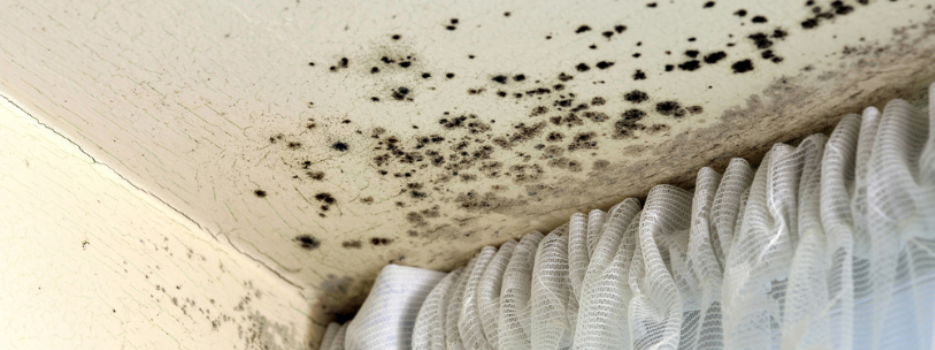
Related Posts
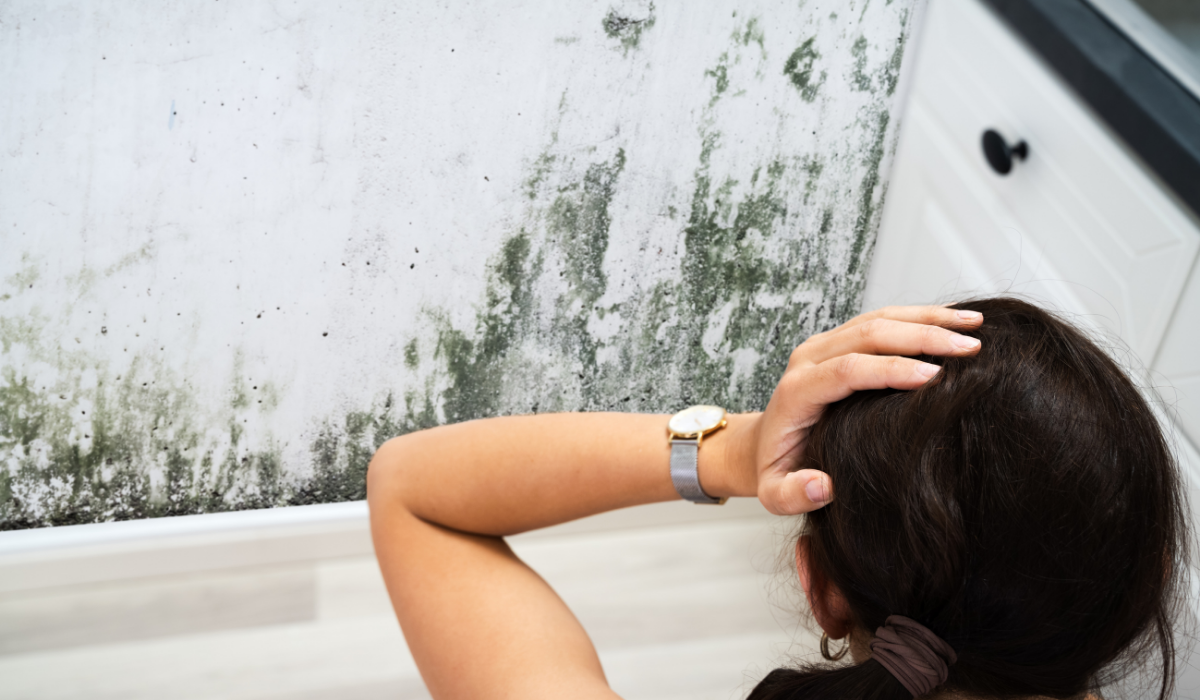
How to Remove Mold from the Ceiling
Rainy days and humidity contribute to mold growth on the roof and ceiling, especially when a home is riddled with undiscovered leaks. Here’s how to remove mold from these areas after a downpour.
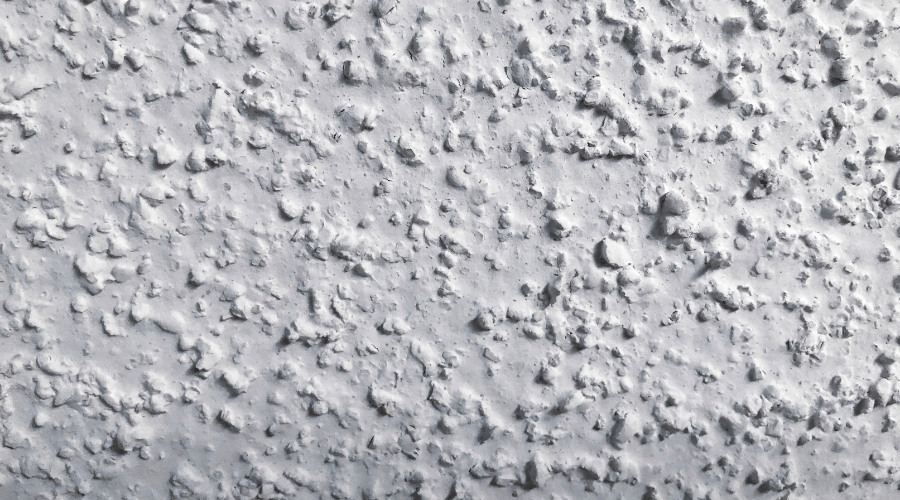
Mold Removal from Popcorn Ceilings
Despite the popularity of popcorn ceilings in bathrooms or bedrooms, this type of ceiling is highly susceptible to mold growth. Here are ways to remove mold from the nooks and crannies of popcorn ceilings.

How to Repair a Water-Damaged Ceiling
It is important to repair a water-damaged ceiling right away to prevent mold growth, structure integrity and health safety issues. Use the following information to help make repairs to a water-damaged ceiling.
